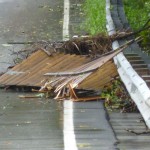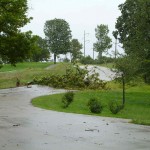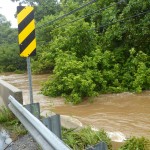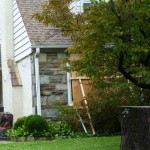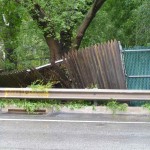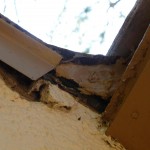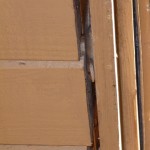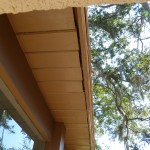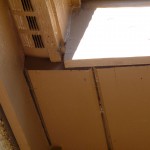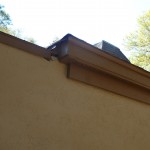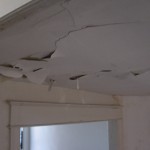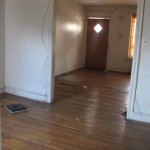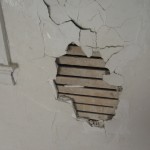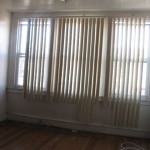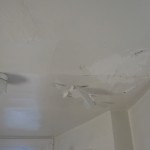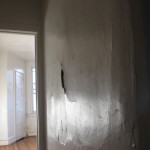
I got a call this week from a man whose home was flooded by a pipe that burst while he was away on a family trip. The water totally destroyed the first-floor finished flooring, as well as the walls in the kitchen, paneling in the halls, and all of the partition walls and ceilings in the basement. I have a feeling we may also have to add HVAC and electrical damage to the list. Once water gets into electrical fixtures, they need to be replaced.
The culprit in this case was the water line to a first-floor powder room toilet. That’s only a 3/8-inch pipe, but it caused hundreds of gallons of water to pump through the first floor into the basement and probably out the basement walls as the system continually kept flowing to refill itself.
This is the second call like this I have taken recently. In the other case, the homeowner was out of town at her winter home in Florida, and the cat sitter came in to a flooded house. The culprit there was a fairly new 1/2-inch line from the sink to the faucet in a second-floor bathroom. While the upper floor suffered some minor damage, the water completely gutted the lower levels, including the basement, the mechanicals, and the personal belongings they had stored there.
In both cases, the homeowners had to go through the misery of dealing with their insurance company to get the damages paid for.
As we head into prime vacation season, here is a simple tip from my plumber: shut off the water main before you leave the house if you’ll be away for an extended period of time. Even if a pipe bursts, you will minimize the impact and only suffer damage from the water that is in the line until it drains out. I do this now every time I leave home for a trip.
While I’ll get fewer calls for restoration projects sharing this advice, I’ll feel good knowing I was able to help prevent the problem in the first place.

Image: prana@neoprana.net


